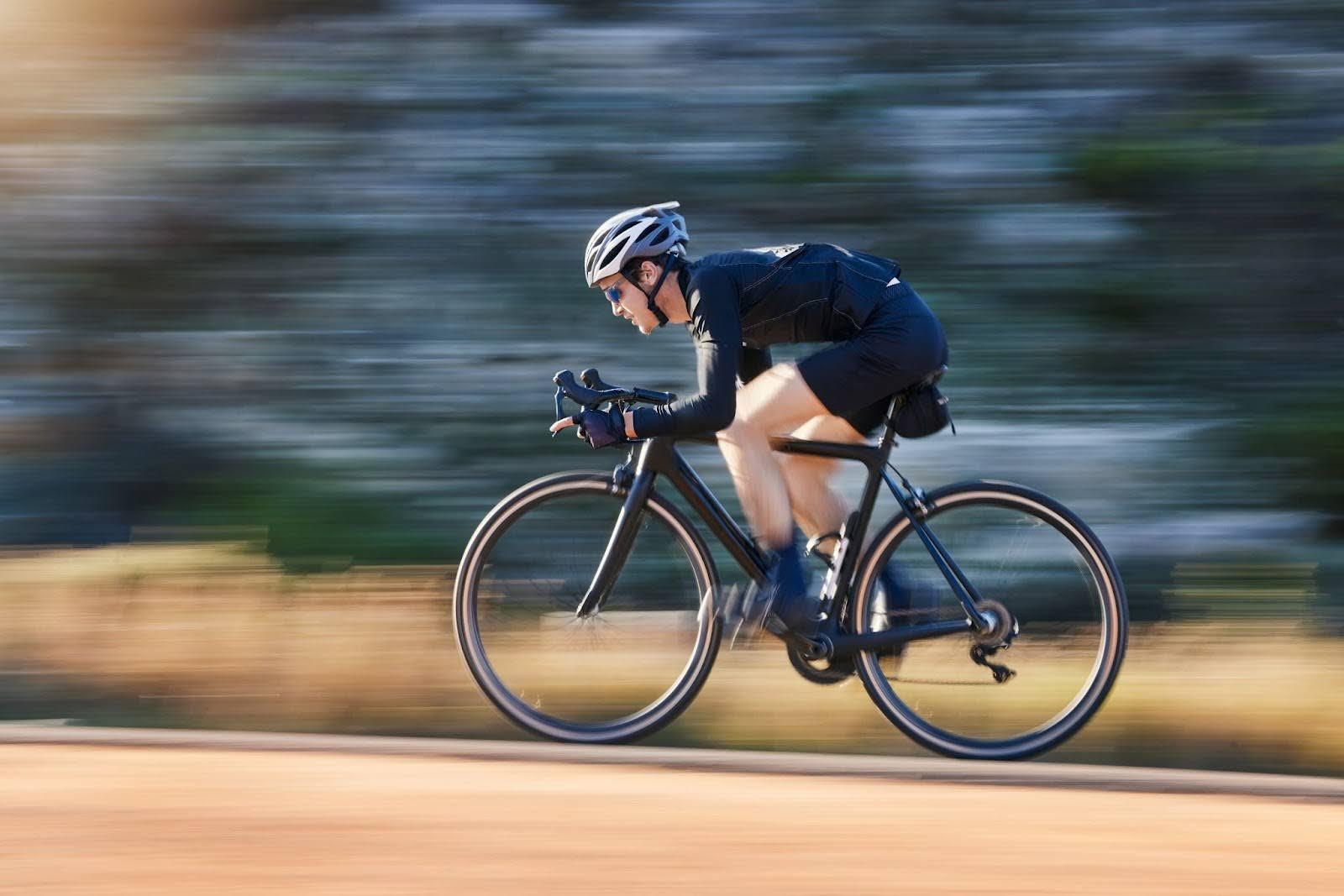Why Average Cycling Speed Matters
Speed wins races. Always has. Always will. The first rider across the line has, without exception, completed the course faster than everyone else chasing his back wheel. That’s the simple, brutal beauty of cycling - speed decides everything. But what is “average bike speed”? And more importantly, how do you make yours faster without turning into a full-time masochist? Whether you’re a weekend spinner, a triathlete tracking splits, or someone wondering if your 24 km/h average is “good,” understanding what affects your speed can turn a number on your screen into real progress on the road (or on ROUVY).
Why Cyclists Care
Let’s be honest: cyclists are a bit obsessed with speed.
- It’s the great equaliser. You can’t fake it - if you’re fast, you’re fast.
- It’s measurable. Every ride gives you a number, and that number becomes a challenge.
- It’s addictive. Once you’ve averaged 25 km/h, you’ll immediately want 26 km/h next week.
- It’s transferable. Speed means efficiency - go faster with the same effort and you’re winning.
And with ROUVY, you can measure and improve it in a structured, controlled, and weatherproof way. No headwinds, no potholes - just watts, cadence, and progress.
What’s the Average Cycling Speed?
Beginners vs Intermediate vs Advanced
There’s no universal answer, but let’s put some numbers to the madness.
Beginners: Around 16–19 km/h (10–12 mph) on mixed terrain. That’s a comfortable conversational pace - if you can talk, breathe, and admire the scenery, you’re in this bracket.
Intermediates: Somewhere between 24–32 km/h (15–20 mph). You’re getting fitter, drafting smarter, and starting to say things like “I was only in Z2.”
Advanced riders: 30–35 km/h (18–22 mph) and above. You’ve got structured sessions, an FTP that sounds impressive, and you probably own more Lycra than casual clothing.
Pros: 40 km/h+ (25 mph) - the realm where “just rolling easy” still means someone else’s threshold.
Road vs Gravel vs MTB
Road bikes roll fastest because of thin tyres, aero frames, and smooth tarmac.
Gravel bikes knock off 10–20% because of rolling resistance and rough surfaces.
Mountain bikes? Let’s just say your average speed might be modest, but your fun per minute is through the roof.
Terrain Differences: Flat vs Hilly
Flat routes make for better averages. You can settle into rhythm, hold cadence, and feel gloriously aerodynamic. Hills, on the other hand, teach humility. A 10% climb can turn a 30 km/h average into a humbling 14 km/h crawl, no matter how good your playlist is.
Still, descending helps recover some dignity (and speed), if not always your nerves.
Indoor Cycling Benchmarks
On ROUVY or a smart trainer, averages tend to look a little higher. No wind, no traffic lights, no “sorry, I had to stop for a tractor.”
Indoor training provides a truer reflection of your power and cadence efficiency - and, crucially, lets you test what changes actually move the needle.
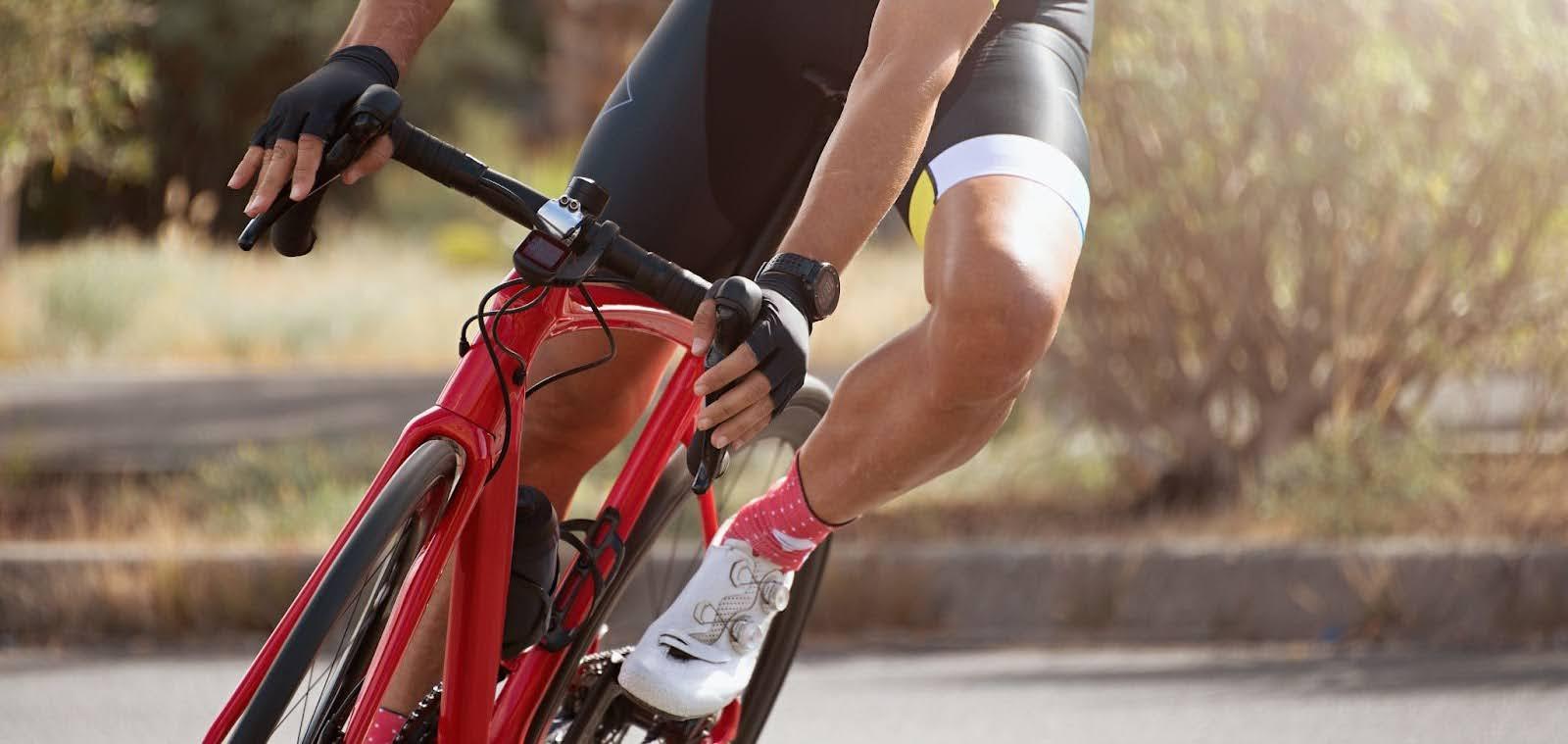
What Affects Your Speed Most
Fitness & Endurance
No surprise here - the fitter you are, the faster you go. Build your aerobic base, raise your threshold power, and your average will quietly climb without you even noticing. The key word: consistency. You can’t fake months of structured work, but you can absolutely measure its results.
Bike Type & Setup
A well-fitted, efficient bike is like a free speed upgrade. Smooth drivetrain, clean chain, details that all add up to precious seconds saved. Think of your bike as your partner in crime: treat it well, and it’ll help you escape the pack.
Weather, Wind, and Road Conditions
Outdoors, cyclists fear one word more than “bonk”: headwind. It’s invisible, cruel, and makes every kilometre feel twice as long. Tailwinds, on the other hand, make you feel like you’ve suddenly discovered free watts!
That’s where ROUVY changes the game. Indoors, you control the climate:
- No headwinds, no crosswinds - just you, your effort, and perfectly predictable resistance.
- No potholes, traffic lights, or wet corners threatening to ruin your flow.
- You can train through storms, snow, or 30 °C heatwaves without leaving the house (or risking your sanity).
So while the real world keeps testing your patience, ROUVY keeps testing your fitness, one perfectly measured watt at a time.
Group vs Solo Rides
Ride with others, and your average skyrockets. Drafting can save 20–30% of your energy. It’s basically legal cheating. But solo rides have their place too; they build strength, pacing discipline, and the mental toughness to keep pushing when nobody’s watching (or sheltering you from the wind).
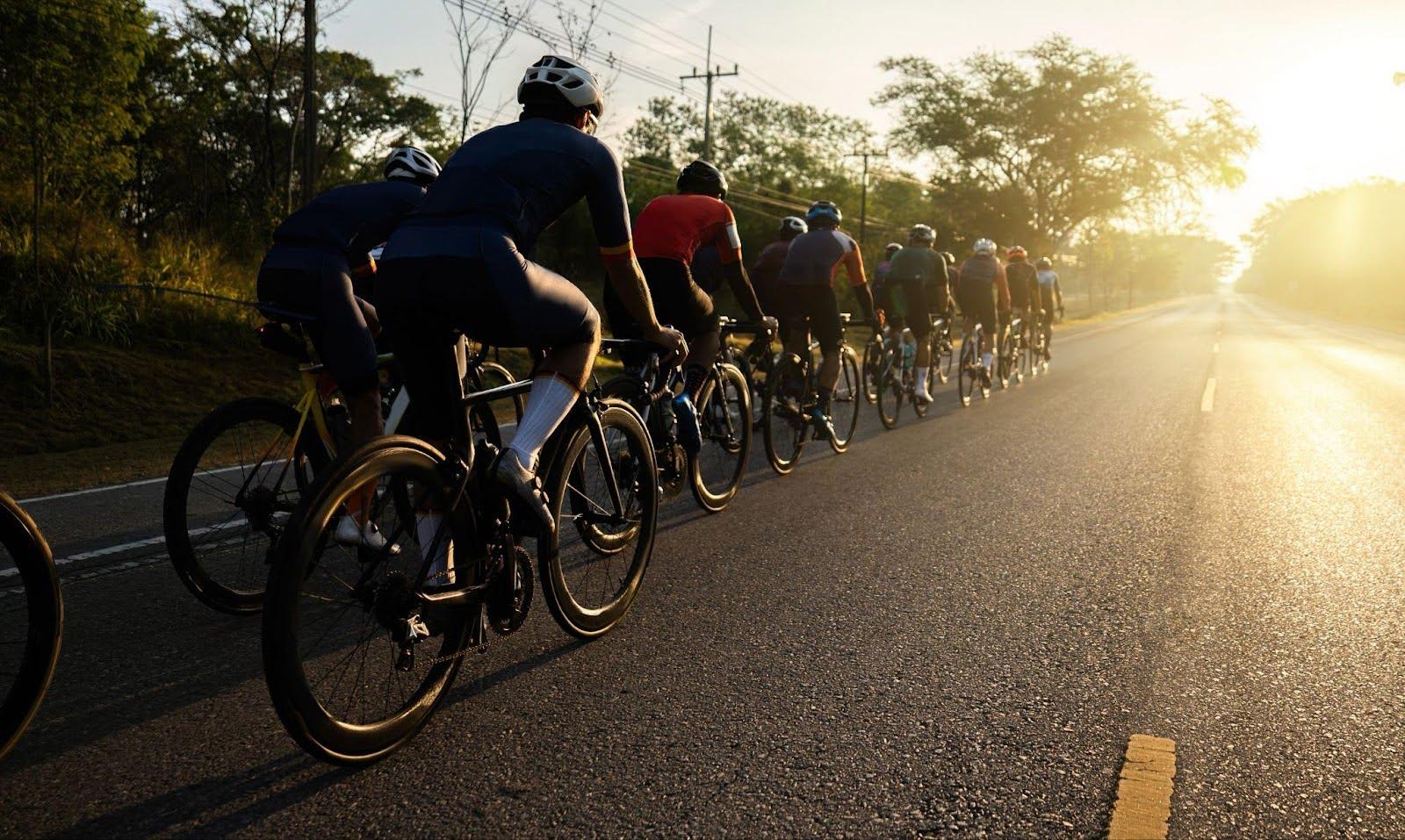
How to Ride Faster
Training: Intervals, Endurance, and Sprints
Speed is built, not wished for. Mix it up:
- Intervals: Short, hard efforts followed by rest teach your body to recover faster and sustain higher outputs.
- Endurance rides: Long, steady miles build your aerobic base, the foundation of speed.
- Sprints: Because sometimes you need to unleash your inner Cavendish.
A balanced plan combines all three - like a fine espresso shot: strong, smooth, and slightly bitter. As I mentioned in my previous blog about Sweet Spot training, it’s an ideal zone for laying the groundwork that turns steady legs into faster ones.
Strength & Flexibility Work
Gym work isn’t optional anymore. Strong legs deliver watts, a stable core delivers efficiency, and flexibility prevents you from riding like a folding chair.
Think of strength work as insurance for your knees and a deposit on future power.

Nutrition, Hydration & Body Weight
Speed isn’t just watts - it’s watts per kilo.
That doesn’t mean starving yourself; it means fuelling properly, recovering well, and keeping your engine lean but powerful. On longer or more intense rides, aim to ingest around 60–90 g of carbohydrate per hour - roughly one energy gel every 20–30 minutes, or a mix of drink, bar, and food depending on preference.
Recent research even shows that trained athletes can tolerate up to 100–120 g/hr using dual carb sources (glucose + fructose), but build up gradually to avoid stomach issues.
Hydrate, too - even a 2% fluid loss can reduce power output and concentration faster than you can say cramp. Keep sipping, stay topped up, and your average speed will thank you for it.
Aerodynamics & Smart Gear Choices
Above 30 km/h, air resistance eats 80% of your effort. That’s why every time triallist looks like they’ve been shrink-wrapped for efficiency.
You don’t need to go full-alien-helmet, but a few smart tweaks help:
- Tighter kit (sorry, baggy jerseys don’t make you faster, only louder).
- Aero helmet or position improvements.
- Clean cables, tidy cockpit, deep-section wheels if budget allows.
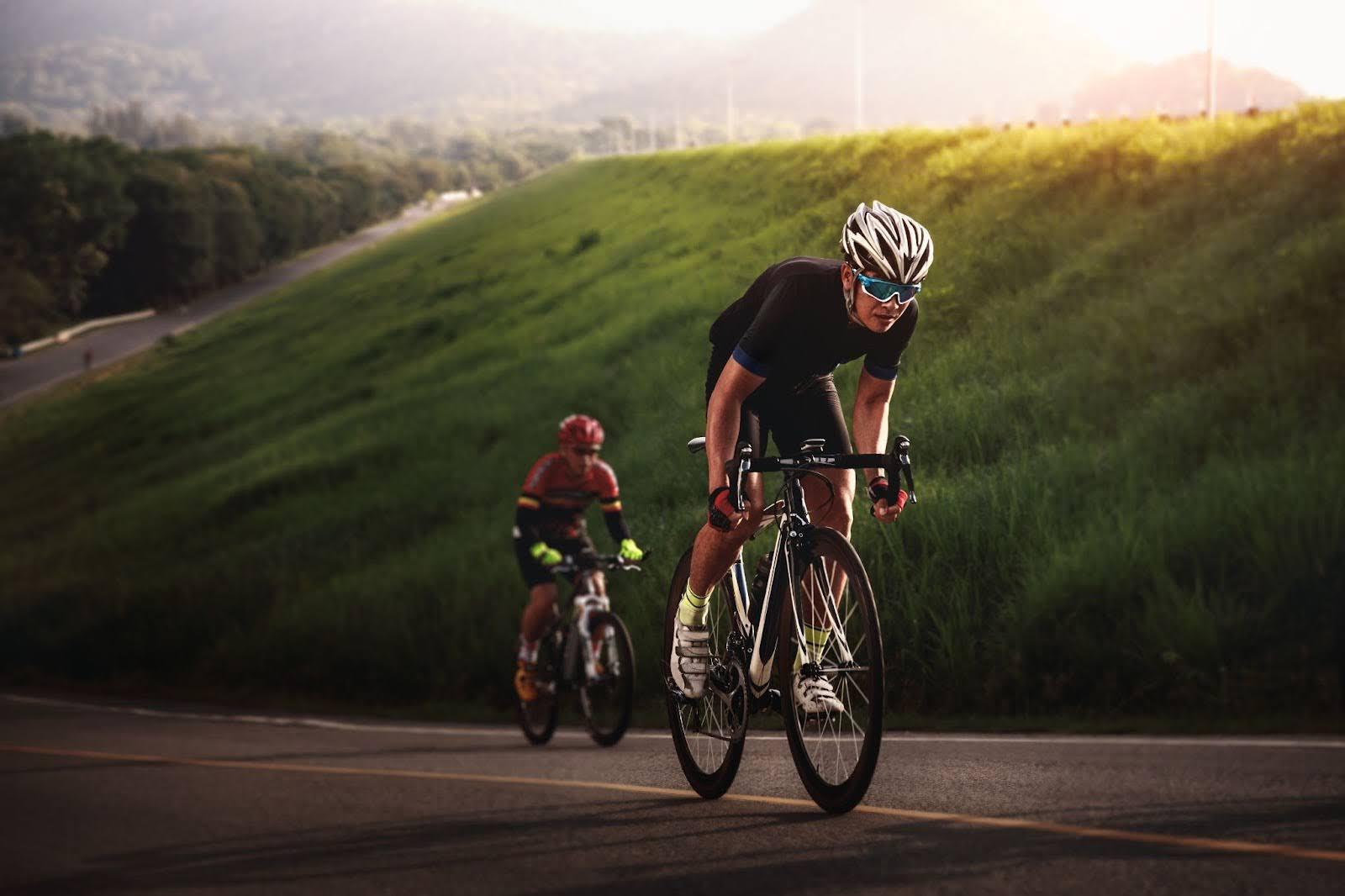
Using Indoor Training to Boost Speed
ROUVY Structured Workouts
ROUVY isn’t just about pretty scenery and virtual roads - it’s a lab for building speed. Structured workouts let you target specific energy systems: endurance, tempo, threshold, and VO₂ max.
ERG Mode for Pacing and Power
ERG mode is the honesty switch. It holds your power steady no matter what gear you’re in. No coasting, no bluffing, just pure training data and beautifully even effort.
Perfect for developing the pacing discipline that separates “fast at the start” from “fast at the finish.” If you like to do your own thing in a sprint, there is a mode where you can disable ERG mode for that time period.

Example Sessions to Try to Improve Your Speed
Session 1 – Threshold Builder: 5 min warm-up → 4 × 5 min at FTP → 3 min recovery → cool-down. Consistency beats heroics here. Cadence 90-110rpm, whichever feels comfortable to start.
Session 2 – Cadence Pop: 6 × 3 min at 100 rpm + 2 min rest. Builds leg speed and neuromuscular control.
Session 3 – The 30/40 Session This one’s a sharp, punchy workout designed to improve your ability to recover quickly between hard efforts—perfect for real-world racing or fast group rides.
- Effort: 30 seconds hard at a high cadence (95–105 rpm), followed by 40 seconds easy pedalling.
- Set duration: Up to 10 minutes per set.
- Recovery: 5 minutes easy spinning between sets.
- Total: 2–4 sets depending on ability and experience.
Start short, one or two sets at first, then gradually extend the total work time each week. It’s a deceptively simple session that delivers serious results when done consistently.
Track Your Progress with FTP Tests
To keep those sessions meaningful, it’s important to retest your FTP (Functional Threshold Power) every four weeks or so. This ensures you’re training in the right zones and not selling yourself short.
As you get fitter and faster, you’ll notice that most of your previous zones start to feel easier - that’s the clearest sign of progress. When you update your FTP and your training zones bump up a few watts, embrace it. The first couple of sessions might sting a little, but that’s exactly what we want - proof you’re improving.
On ROUVY, you can easily run a built-in FTP test or structured ramp test to keep your data fresh, your workouts accurate, and your progress measurable. And yes, I know - FTP tests are everyone’s least favourite day on the calendar. Around 99% of riders dread them, and the other 1% are probably lying. They hurt, and they make you question your hobbies. But here’s the twist: it’s actually just another workout, not an execution. Stay mentally dialled in, pace it well, and enjoy that post-test smugness - you’ve earned it.
Practical Tips for Everyday Speed Gains
Cadence & Gear Selection
Cadence used to be an afterthought—riders ground away at 70 rpm, mistaking pain for progress. Today, it’s science.
Modern time-trialists often hover around 98 rpm, striking the perfect balance between power and efficiency.
Research backs it up:
- High cadences (90–100 rpm) improve efficiency at high intensities.
- In time trials, ~90–100 rpm is often optimal.
- Some studies even show sprinters peaking at 120 rpm.
- That said, there’s individual variation - some riders perform better at 80 rpm, especially on climbs.
The trick? Experiment. Find your rhythm. Cadence is like coffee strength—personal, powerful, and occasionally jitter-inducing.
Ride with Faster Groups
Nothing improves your average speed like being slightly out of your depth. Join a quicker group ride and hang on for dear life, your legs will adapt faster than you think.
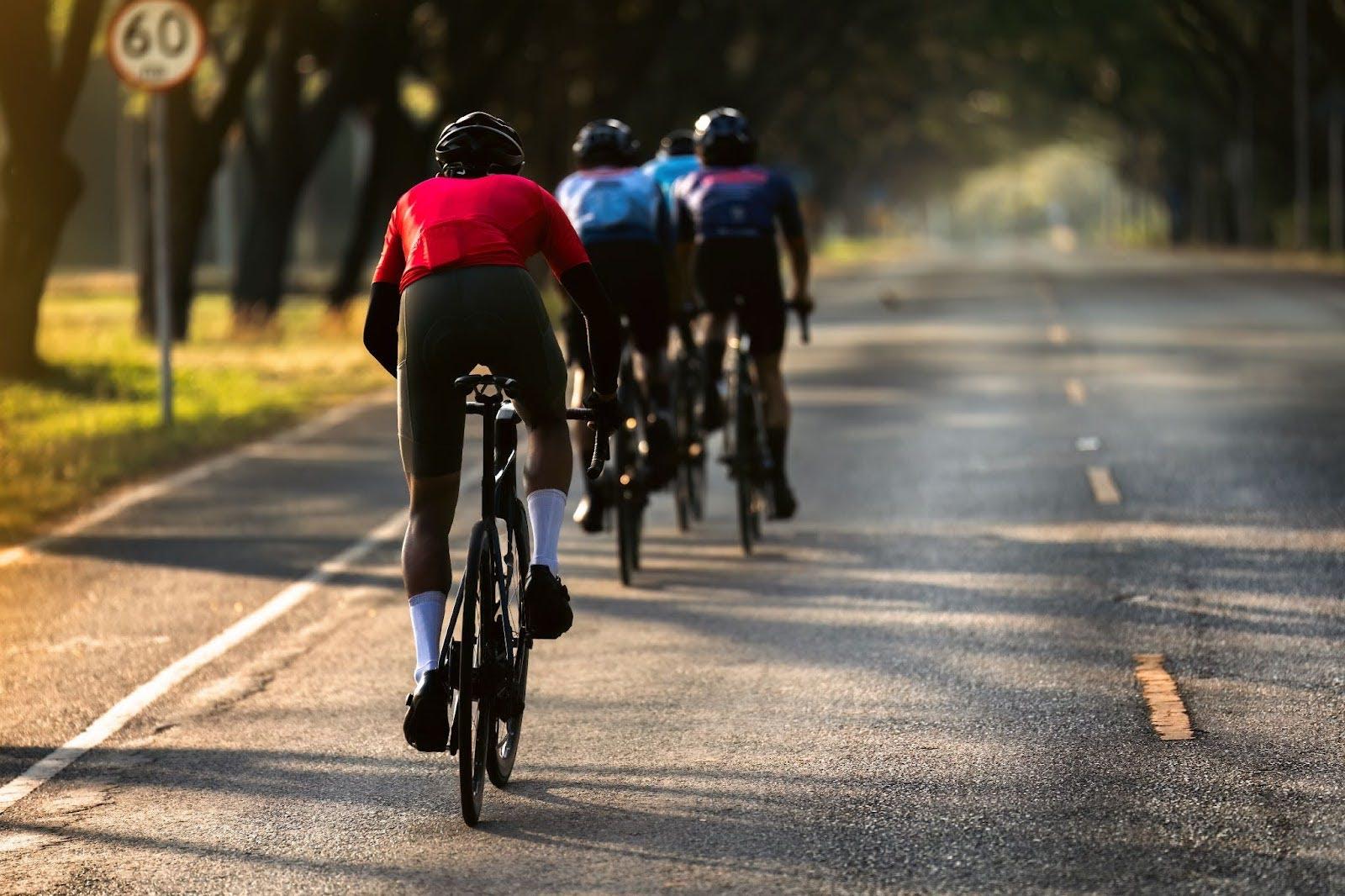
Equipment Tweaks That Actually Work
- Tyres: Wider, supple tyres (25–28 mm) at correct pressure = free speed.
- Chain & drivetrain: Clean equals efficient.
- Bike fit: Comfort first, then aero.
- Clothing: Aero jerseys and shorts genuinely make a difference. Plus, they make you look fast even when you’re bonking.

